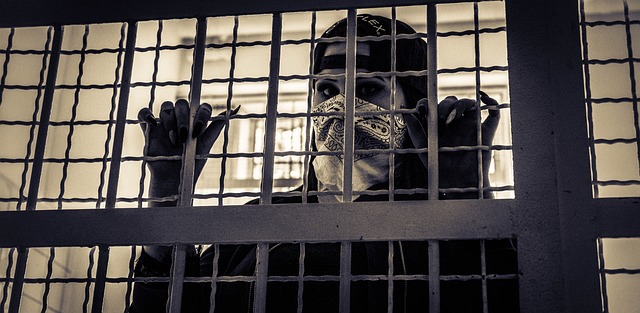In rural communities, enhancing pedestrian safety while tackling high DUI rates requires a multi-faceted approach. This involves educating residents on shared responsibilities, implementing infrastructure improvements like lit paths and reflective signs, fostering community initiatives, and engaging local authorities. Increased police patrols in risky areas, public awareness campaigns, and business partnerships hosting events that discourage drinking and driving further contribute to creating safer streets for pedestrians in rural settings.
In rural communities, pedestrians’ rights and safe streets are paramount yet often overlooked. This article explores strategies to enhance pedestrian safety, focusing on understanding legal rights and implementing effective DUI prevention measures. We delve into the unique challenges faced by rural areas, offering insights into creating more inclusive and secure walking environments. By combining awareness and proactive initiatives, these strategies aim to protect vulnerable road users and foster safer communities, especially in the context of rural settings and DUI prevention efforts.
- Understanding Pedestrians' Rights and Safe Streets in Rural Communities
- Strategies for DUI Prevention to Ensure Safer Walking Environments
Understanding Pedestrians' Rights and Safe Streets in Rural Communities

In rural communities, understanding pedestrians’ rights and advocating for safe streets is a unique challenge. While urban areas often have well-established pedestrian infrastructure and stricter traffic laws, rural regions face distinct issues like higher speed limits, fewer crossings, and less visible road markings. Pedestrians in these areas must rely more heavily on drivers’ awareness and respect for their rights. Educating both residents and visitors about shared road responsibilities is crucial, especially regarding DUI prevention. Rural communities often experience higher rates of drunk driving, increasing the risk for pedestrians.
Promoting safe walking environments involves simple yet effective measures like well-lit paths, reflective signage, and marked crosswalks. Community initiatives can raise awareness about the rights of pedestrians, encourage responsible driving behaviors, and foster a culture of safety. By combining educational programs, infrastructure improvements, and active engagement from local authorities, rural communities can significantly enhance pedestrian safety, ensuring that everyone, regardless of location, enjoys their right to walk without fear.
Strategies for DUI Prevention to Ensure Safer Walking Environments

In rural communities, where the rates of drunk driving (DUI) tend to be higher, implementing targeted strategies is essential for creating safer walking environments. One effective approach is increasing police patrols in areas known for high DUI activity, as visible law enforcement acts as a powerful deterrent. Additionally, promoting public awareness campaigns can help educate residents about the dangers of drinking and driving, encouraging responsible behavior.
Community-based initiatives play a crucial role too. Installing road signs and lighting improvements along walking routes can enhance visibility and safety. Moreover, supporting local businesses in hosting events that discourage drinking and driving, such as designated driver programs or public transit promotions, can make a significant impact. These strategies collectively contribute to reducing DUI incidents, ensuring pedestrians’ rights to safe streets in rural settings.
In rural communities, where pedestrian safety is often a concern, understanding and enforcing pedestrians’ rights alongside effective DUI prevention strategies are pivotal. By implementing these measures, we can create safer walking environments that protect all road users, ensuring everyone’s well-being and peace of mind. Through increased awareness and proactive initiatives, rural areas can become models for inclusive and secure transportation systems.






